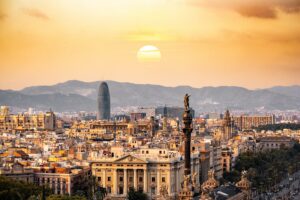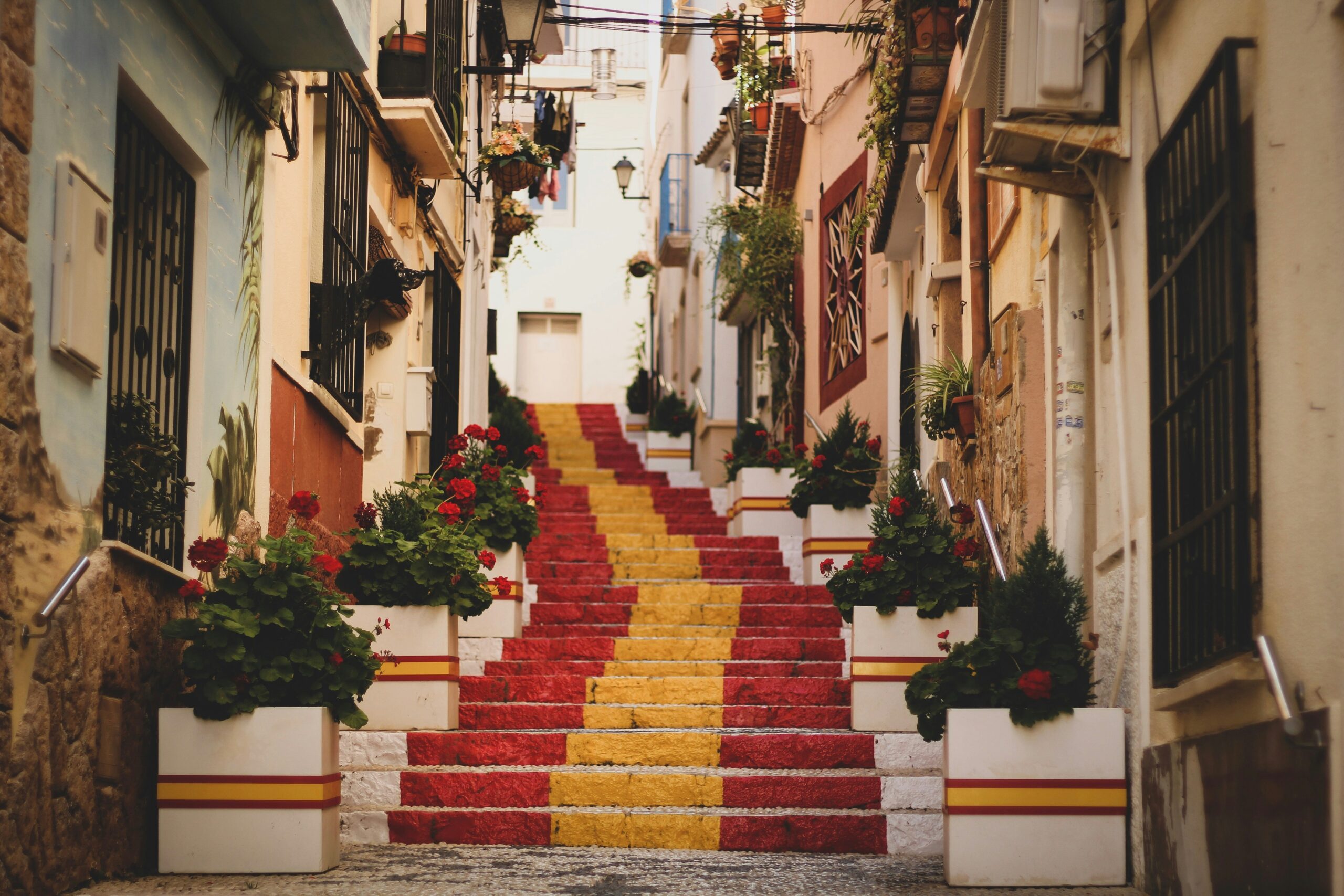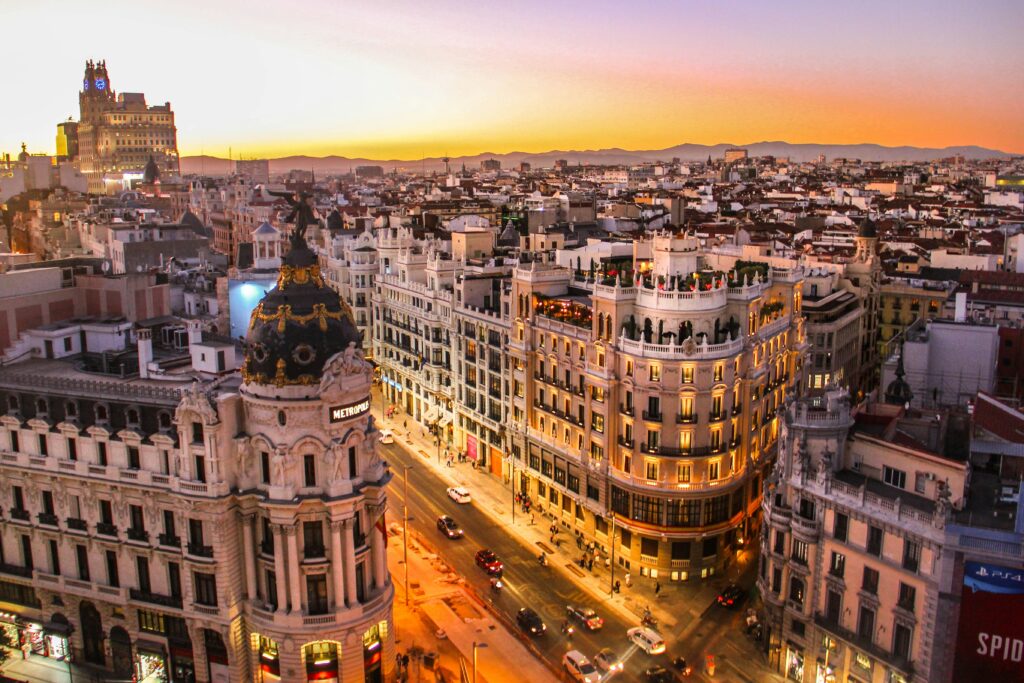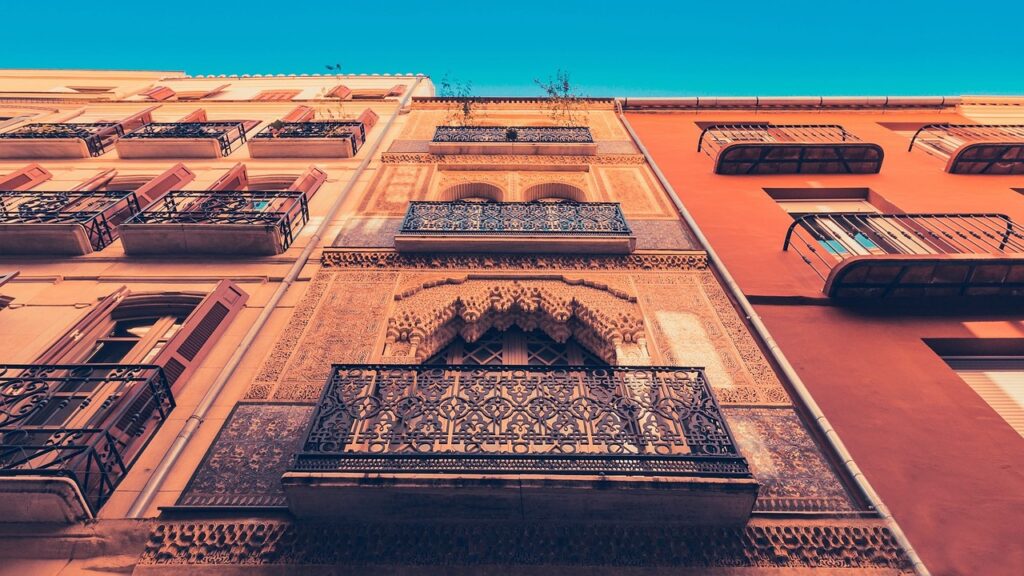Spain
Spain, situated in southwestern Europe on the Iberian Peninsula, is a country renowned for its rich cultural tapestry, historical depth, and diverse landscapes. With a population of over 47 million, Spain is bordered by France and Andorra to the northeast, Portugal to the west, and the Mediterranean Sea to the south and east. This strategic location has made Spain a crossroads of civilizations and a melting pot of cultures.
Historical Background
Spain’s history is a rich mosaic of various cultures and epochs. The Iberian Peninsula, home to early Iberians and Celts, was later integrated into the Roman Empire as Hispania, laying the groundwork for Spain’s future cultural and linguistic development. After the fall of the Roman Empire, Spain was ruled by the Visigoths until the Moorish invasion in 711 AD. The subsequent era of Al-Andalus saw a flourishing of Islamic culture and science, with cities like Córdoba, Granada, and Seville becoming centers of learning and culture.
The Reconquista, a series of campaigns by Christian kingdoms to reclaim territory from the Moors, concluded in 1492 with the capture of Granada and the unification of Spain under Ferdinand and Isabella. This period also marked the beginning of Spain’s Golden Age, characterized by exploration and empire-building. Spain established a vast empire in the Americas, which greatly influenced global trade and politics.
In the 20th century, Spain experienced significant political upheavals, including the Spanish Civil War (1936-1939) and the subsequent dictatorship of Francisco Franco. The transition to democracy began after Franco’s death in 1975, leading to the establishment of a constitutional monarchy under King Juan Carlos I and a vibrant democratic government.
Cultural Heritage and Arts
Spain’s cultural heritage is a blend of its varied historical influences. The country is renowned for its contributions to art, architecture, music, and literature. During the Spanish Golden Age, artists like Diego Velázquez and Francisco Goya made significant contributions, with their works housed in institutions such as the Prado Museum in Madrid.
Spanish architecture is equally noteworthy, with landmarks such as the Alhambra in Granada, a stunning example of Islamic art and architecture, and Antoni Gaudí’s modernist masterpieces in Barcelona, including La Sagrada Familia and Park Güell. These architectural marvels are key attractions for tourists from around the world.
Flamenco, a traditional art form originating from Andalusia, combines singing, dancing, and guitar playing, and has been recognized as a UNESCO Masterpiece of the Oral and Intangible Heritage of Humanity. Bullfighting, though controversial, remains a significant cultural symbol in various regions, particularly in Madrid and Andalusia.
Spain’s literary tradition includes figures such as Miguel de Cervantes, whose novel Don Quixote is a cornerstone of Western literature. Spanish cinema has also garnered international acclaim, with directors like Pedro Almodóvar bringing unique Spanish storytelling to global audiences.
Geography and Landscapes
Spain’s geography is marked by diverse landscapes, from the rugged Pyrenees mountains in the north to the sun-kissed beaches of the Costa del Sol in the south. The Meseta Central, a high plateau in central Spain, is surrounded by mountain ranges, offering opportunities for skiing and hiking.
The country’s coastline stretches for thousands of kilometers, featuring areas like the Balearic Islands and Canary Islands, which are renowned for their stunning beaches and year-round mild climate. The Costa Brava and Costa Blanca are popular coastal destinations known for their picturesque towns and vibrant resort areas.
Spain is also home to several national parks, such as Picos de Europa and Doñana National Park, which are rich in biodiversity and provide ample opportunities for eco-tourism. The Ebro River and Guadalquivir River are significant waterways that contribute to Spain’s agricultural productivity.
Culinary Excellence
Spanish cuisine is celebrated globally for its diversity and flavor. The country is known for its tapas, small plates that allow for a variety of flavors and ingredients. Paella, originating from Valencia, is a quintessential Spanish dish made with rice, saffron, and a variety of meats or seafood. Gazpacho, a cold tomato soup from Andalusia, is a popular summer dish.
Spain’s wine industry is also noteworthy, with regions like Rioja and Ribera del Duero producing some of the world’s finest wines. Sherry, a fortified wine from Jerez, is another iconic Spanish product.
Desserts such as churros with chocolate and turrón (nougat) reflect Spain’s culinary heritage. The country’s gastronomy continues to evolve, with modern chefs blending traditional flavors with innovative techniques.
Economy and Modern Influence
Spain has a diverse economy with significant contributions from tourism, manufacturing, and agriculture. The country is a major producer of olive oil and wine, and its vibrant cities like Madrid and Barcelona are hubs of finance, technology, and culture.
Tourism plays a crucial role in Spain’s economy, with millions of visitors drawn to its historical sites, cultural landmarks, and beautiful beaches. Spain’s membership in the European Union and NATO highlights its role in regional and global affairs.
In summary, Spain is a country of contrasts, blending ancient traditions with modern innovation. Its rich cultural heritage, diverse landscapes, and dynamic cities make it a compelling destination for travelers and a significant player on the global stage.
Posts
FAQ

Spain is renowned for its rich cultural heritage, historic landmarks, vibrant festivals, and diverse landscapes. The country is famous for iconic attractions such as the Sagrada Familia, Alhambra, flamenco dancing, and its beautiful Mediterranean beaches. Also is also celebrated for its delicious cuisine, including paella, tapas, and fine wines.
The best time to visit Spain depends on the region and the experiences you seek. Generally, spring (April to June) and fall (September to November) offer pleasant weather and fewer crowds. Summer (July and August) is ideal for beach destinations, while winter (December to February) is perfect for exploring cultural sites with milder temperatures.
Must-visit cities in Spain include Barcelona for its Gaudí architecture, Madrid for its art and cultural scene, Seville for its flamenco and historic landmarks, and Valencia for its futuristic architecture. Also, each city offers a unique blend of history, art, and local charm.
Spanish cuisine is diverse and flavorful, featuring dishes like paella, tapas, churros, and a variety of regional specialties. Spain is also famous for its wines, including Rioja and Tempranillo. Each region contributes to the culinary tapestry, offering a delightful gastronomic experience.

Immerse yourself in Spanish art and architecture by visiting museums like the Prado in Madrid and the Picasso Museum in Barcelona. Explore historic sites like the Alhambra, Gaudí’s masterpieces, and the Gothic Quarter. Spanish cities are treasure troves of artistic and architectural wonders.




